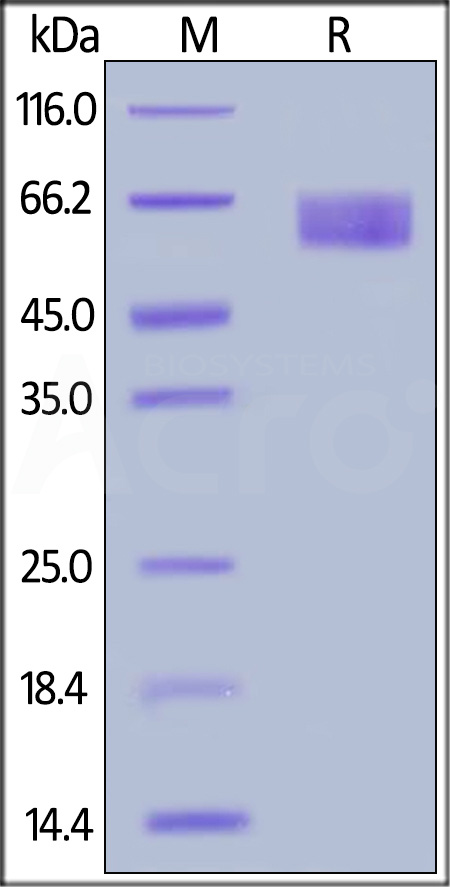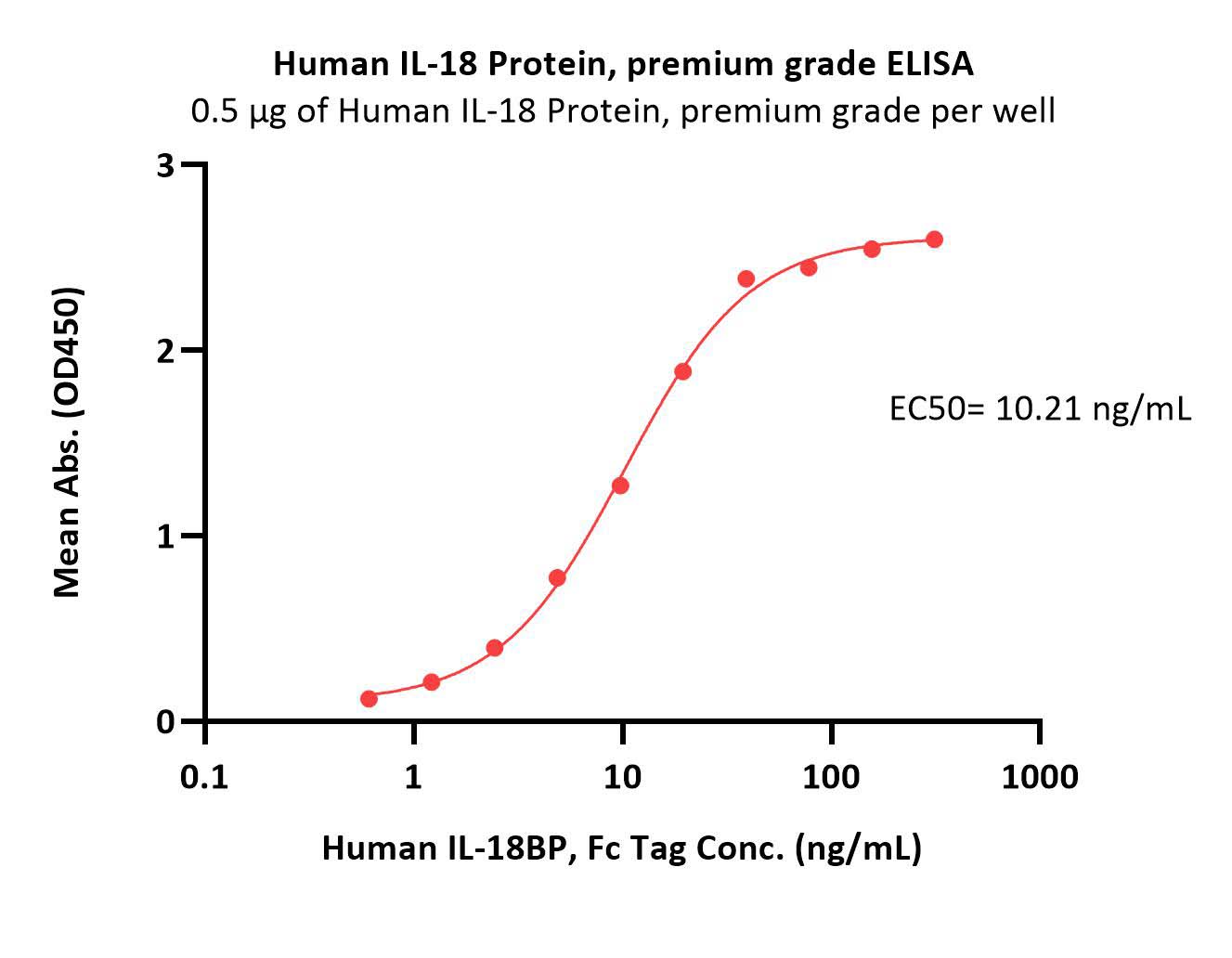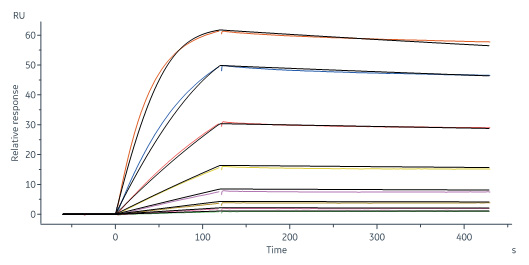Elevated Plasma Interleukin-18 Levels in Head and Neck Squamous Cell Carcinoma: Correlation With IL-18 Binding Protein But Not FerritinFleckner, Idel, Leichtle
et alAnticancer Res (2025) 45 (3), 943-954
Abstract: Head and neck squamous cell carcinoma (HNSCC) is an aggressive epithelial malignancy of the upper aerodigestive tract, associated with poor survival. As part of the HNSCC microenvironment, the interleukin-18 (IL-18)/IL-18 binding protein (IL-18BP) signaling is becoming increasingly interesting as a potential biomarker and therapeutic target. However, the systemic expression levels of IL-18BP in the context of the immunological environment in HNSCC patients remain unexplored.ELISA measurements of plasma IL-18-BP were carried out with regard to associated inflammatory markers such as C-reactive protein, acute phase protein ferritin, and IL-18 in 34 patients with HNSCC before and during the course of radio(chemo)therapeutic treatment and in correlation to the clinicopathological parameters.Plasma IL-18BP concentrations were significantly elevated in HNSCC patients compared to healthy controls and correlated strongly with IL-18 levels before and after treatment. However, plasma ferritin levels, which were also elevated, showed no correlation with IL-18 or IL-18BP. Notably, changes in IL-18BP and IL-18 levels following therapy exhibited a well-maintained balance, indicating a functional feedback mechanism.The results demonstrate a robust IL-18/IL-18BP feedback regulation in HNSCC, which likely aids tumor cells in evading anti-tumor immune responses. This balance, unaffected by radiotherapy or chemoradiotherapy, underscores the potential of IL-18BP as a therapeutic target and a prognostic biomarker in HNSCC.Copyright © 2025 International Institute of Anticancer Research (Dr. George J. Delinasios), All rights reserved.
Development of anti-murine IL-18 binding protein antibodies to stimulate IL-18 bioactivityHuard, Fauteux-Daniel, Goldstein
et alJ Immunol (2025) 214 (1), 180-191
Abstract: Interleukin (IL)-18 is an immunoregulatory cytokine that acts as a potent inducer of T helper 1 and cytotoxic responses. IL-18 activity is regulated by its decoy receptor IL-18 binding protein (IL-18BP) which forms a high affinity complex with IL-18 to block binding of the cognate receptors. A disbalance between IL-18 and IL-18BP associated with excessive IL-18 signaling can lead to systemic inflammation. Indeed, the severity of CpG-induced macrophage activation syndrome (MAS) is exacerbated in IL-18BP KO mice. On the contrary, targeting IL-18BP can have promising effects to enhance immune responses against pathogens and cancer. We generated monoclonal rabbit anti-mouse IL-18BP antibodies labeled from 441 to 450. All antibodies, except from antibody 443, captured mIL-18BP when used in a sandwich ELISA. Using an IL-18 bioassay, we showed that antibody 441 did not interfere with the regulatory effect of mIL-18BP, whereas all other antibodies displayed different levels of antagonism. Further experiments were performed using antibody 445 endowed with potent neutralizing activity and antibody 441. Despite binding to IL-18BP with the same affinity, antibody 445, but not antibody 441, was able to release IL-18 from preformed IL-18-IL-18BP complexes. Administration of antibody 445 significantly aggravated the severity of CpG-induced MAS as compared to antibody 441. Additional experiments using naïve WT, IL-18BP KO, and IL-18 KO mice confirmed the specificity of the neutralizing effect of antibody 445 towards IL-18BP. Our studies led to the development of a monoclonal anti-IL-18BP antibody with neutralizing activity that results in the promotion of IL-18 activities.
Subtype-associated complexity and prognostic significance of the NLRP3 inflammasome landscape in pancreatic neoplasmsNémeth, Mezei, Vörös
et alJ Pathol Clin Res (2025) 11 (2), e70019
Abstract: Intraductal papillary mucinous neoplasm (IPMN) can progress into malignant pancreatic cancer, posing challenges in accurately assessing the risk of malignancy. While the nucleotide-binding oligomerization domain (NOD)-like receptor pyrin domain containing 3 (NLRP3) inflammasome pathway's role in pancreatic ductal adenocarcinoma (PDAC) has been extensively studied, its implications in IPMN remain unexplored. This study aimed to investigate the prognostic significance of NLRP3 inflammasome-related proteins across IPMN subtypes and their associations with tumor characteristics, with a secondary focus on comparing expression patterns in IPMN and PDAC. A cohort of 187 patients (100 IPMN and 87 PDAC) underwent high-dimensional histopathological imaging using the multiplexed immunohistochemical consecutive staining on single slide method and a semi-automated image analysis workflow. Expression levels of NLRP3, apoptosis-associated speck-like protein containing a caspase-recruitment domain (ASC), caspase-1, interleukin-1 beta, interleukin-18 (IL-18), interleukin-1 receptor antagonist, and interleukin-18 binding protein (IL-18BP) were evaluated and compared between IPMN and PDAC samples. The relationships between protein expression and tumor characteristics were examined. Principal component analysis distinguished between intestinal and nonintestinal clusters based on NLRP3-associated proteins. Lower IL-18 expression was linked to the intestinal subtype, while higher caspase-1 was linked to the pancreatobiliary subtype. Elevated caspase-1 and ASC expression were associated with invasiveness in IPMN. No significant correlation was found between the examined proteins and later-stage tumor characteristics in invasive cases. The IL-18/IL-18BP ratio was an independent prognostic factor in invasive IPMN. Our findings highlight the prognostic significance of IL-18 and the IL-18/IL-18BP ratio in invasive IPMNs. These results point to a complex regulation of NLRP3 inflammasome proteins, especially effector cytokines, in pancreatic neoplasms, which are strongly linked to subtype and prognosis.© 2025 The Author(s). The Journal of Pathology: Clinical Research published by The Pathological Society of Great Britain and Ireland and John Wiley & Sons Ltd.
Free Interleukin 18 (IL-18F) Blood Levels Following Midline Laparotomy: A Prospective Randomized Study of Patients With Benign Disease and Patients With CancerEskelinen, Selander, Pulkkinen
et alAnticancer Res (2025) 45 (2), 667-675
Abstract: The purpose of this work was to assess blood level correlations of free IL-18 (IL-18F) and various cytokines (CYTs), caspase-1 (Casp1), high sensitive C-reactive protein (hs-CRP), and 4-hydroxynonenal (4-HNE) in 56 patients subjected to midline laparotomy (MLa) and to investigate their link to pain scales.Blood levels of IL-18F and seven CYTs (IL-18, IL-18BP, IL-1ra, IL-6, IL-8, IL-10, IL-1β), Casp1, hs-CRP, and 4-HNE were measured and the pain surveys were reported using numerical rating scale (NRS) and the Brief Pain Inventory (BPI) scales conducted preoperatively (PRE) and postoperatively (POP).The IL-18F levels decreased at POP and the decrease between POP1 (immediately after MLa) and POP2 (24 hours after MLa) blood levels (26.5 versus 20.0) was significant (p<0.001). Moreover, the IL-18F levels at POP2 were slightly higher in patients with cancer than in patients with benign disease (21.2 versus 17.8). Interestingly, the IL-18F levels correlated to IL-18 (r=0.523, p<0.001), IL-18BP (r=-0.475, p<0.001), and 4-HNE (r=0.414, p<0.001) levels. Furthermore, the IL-18F levels correlated with BPI score values (r=-0.459, p=0.05).This is the first report to demonstrate a link between increased IL-18F levels and pain scales in MLa. IL-18F levels decreased significantly after operation and correlated with IL-18, IL-18BP, and 4-HNE blood levels, and inversely correlated with BPI pain scores. These results support the applicability of acute phase response biomarkers in understanding pain in patients subjected to MLa.Copyright © 2025 International Institute of Anticancer Research (Dr. George J. Delinasios), All rights reserved.




























































 膜杰作
膜杰作 Star Staining
Star Staining















